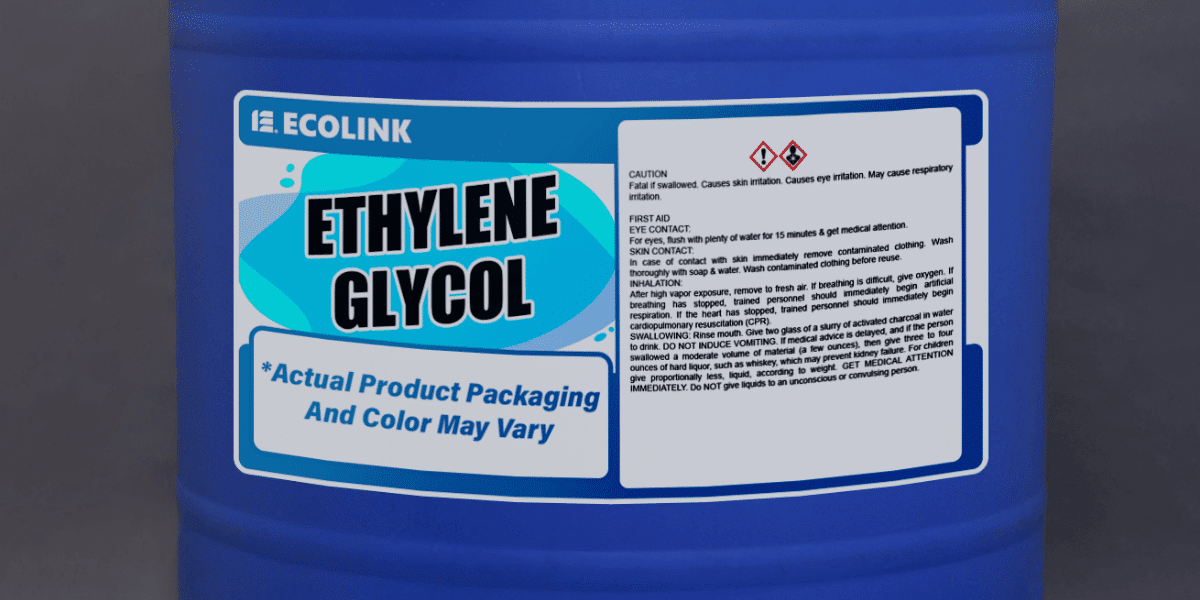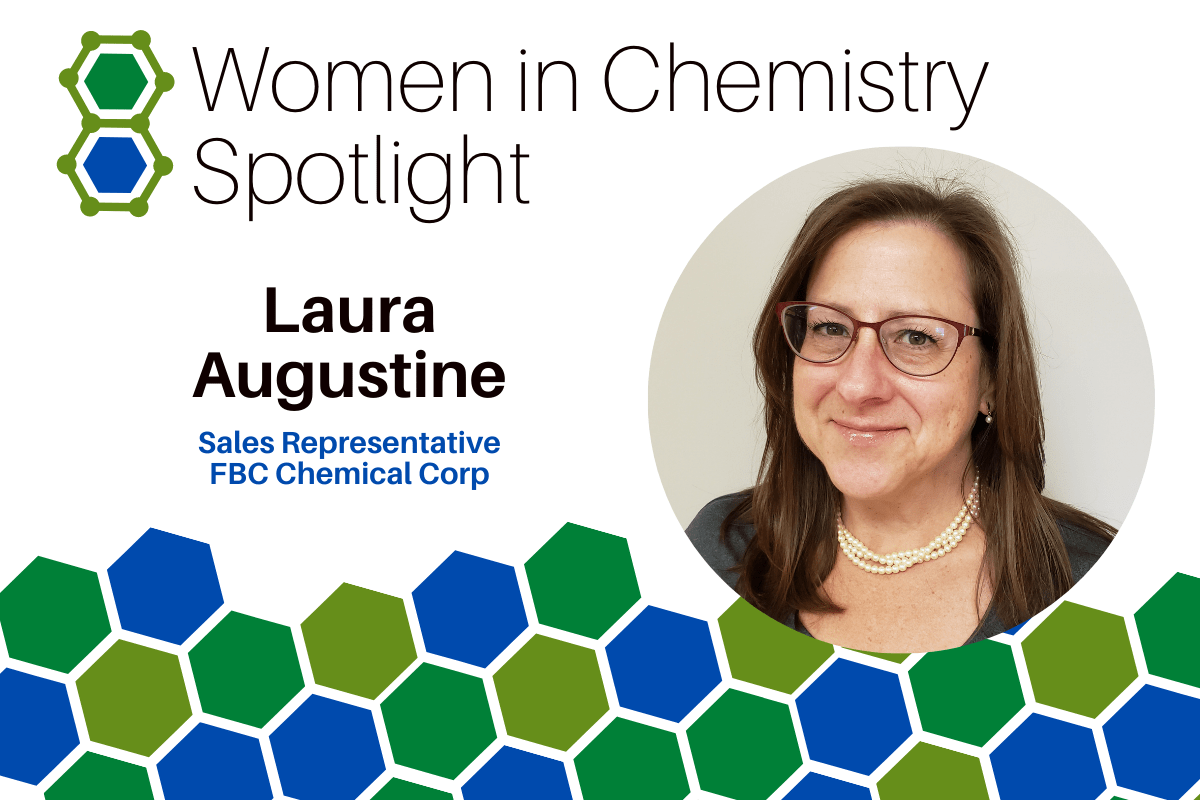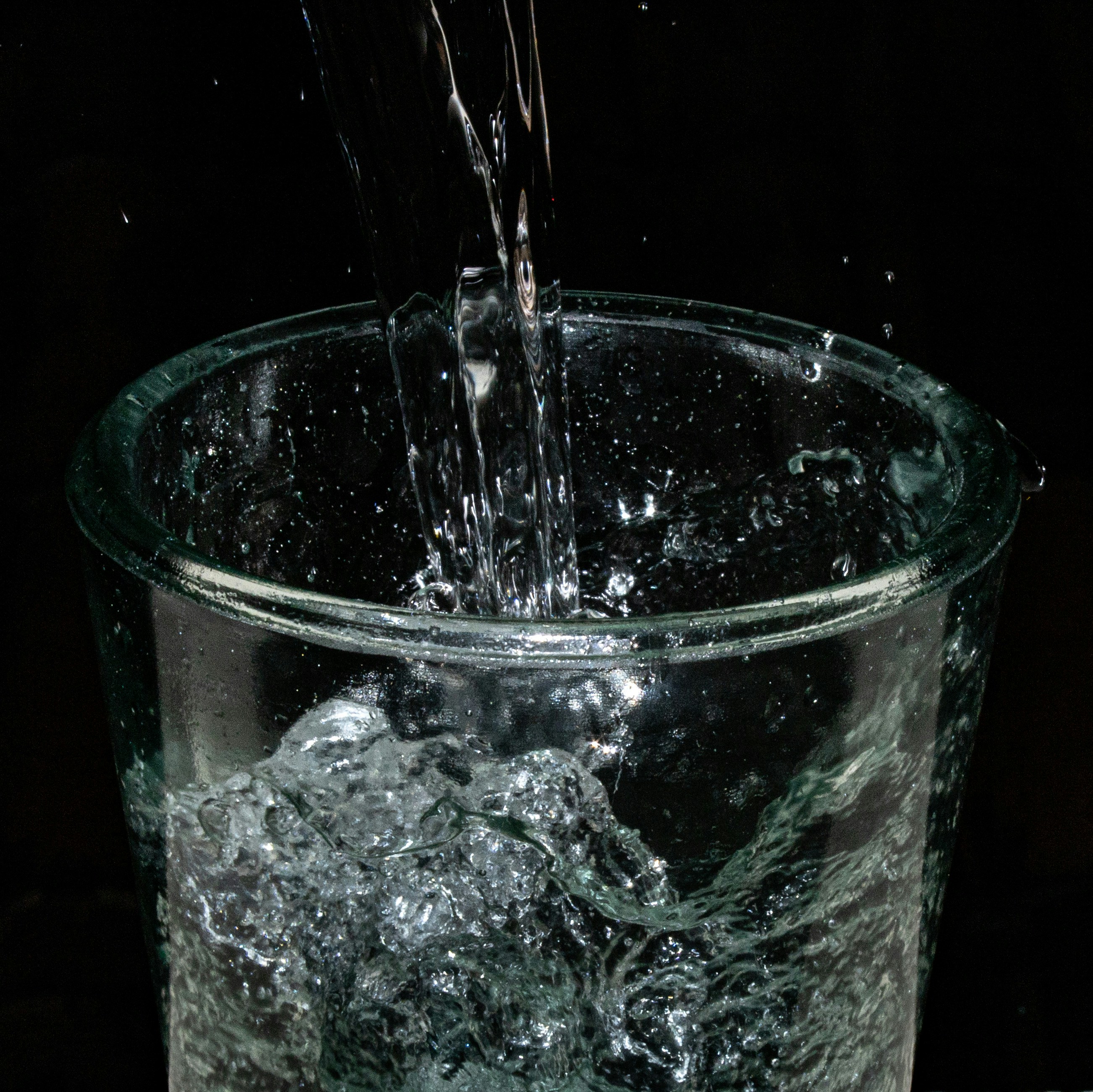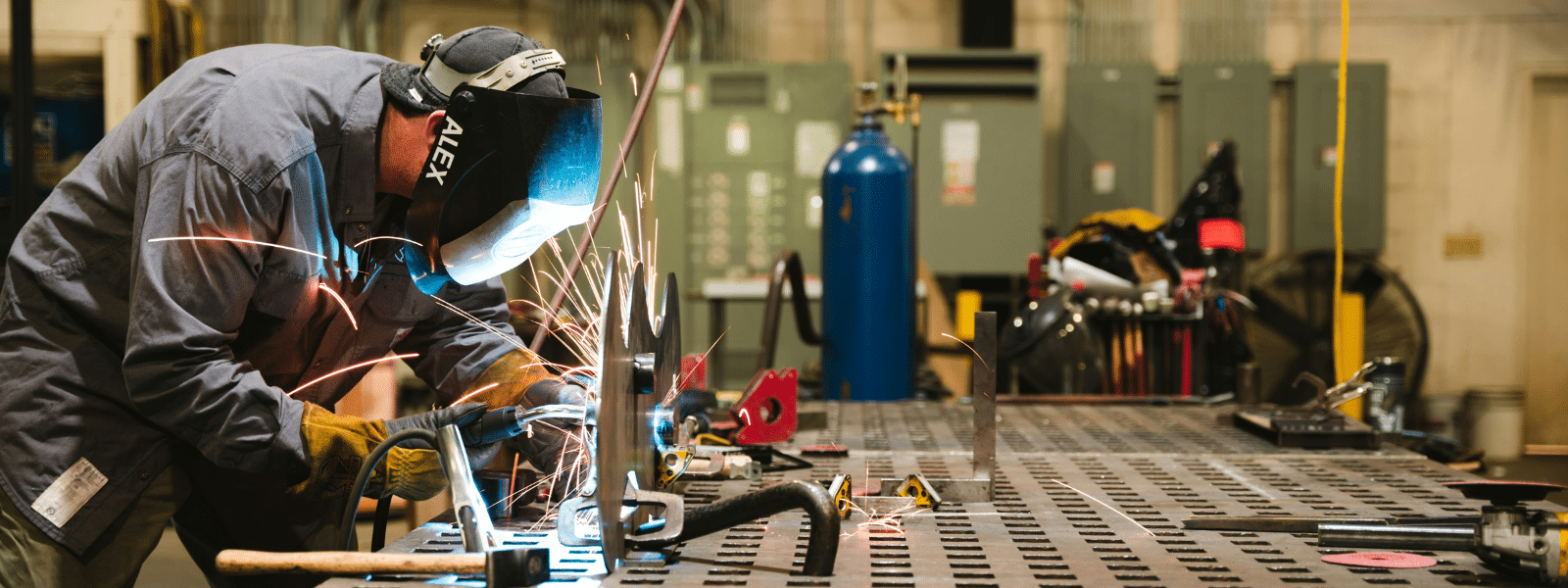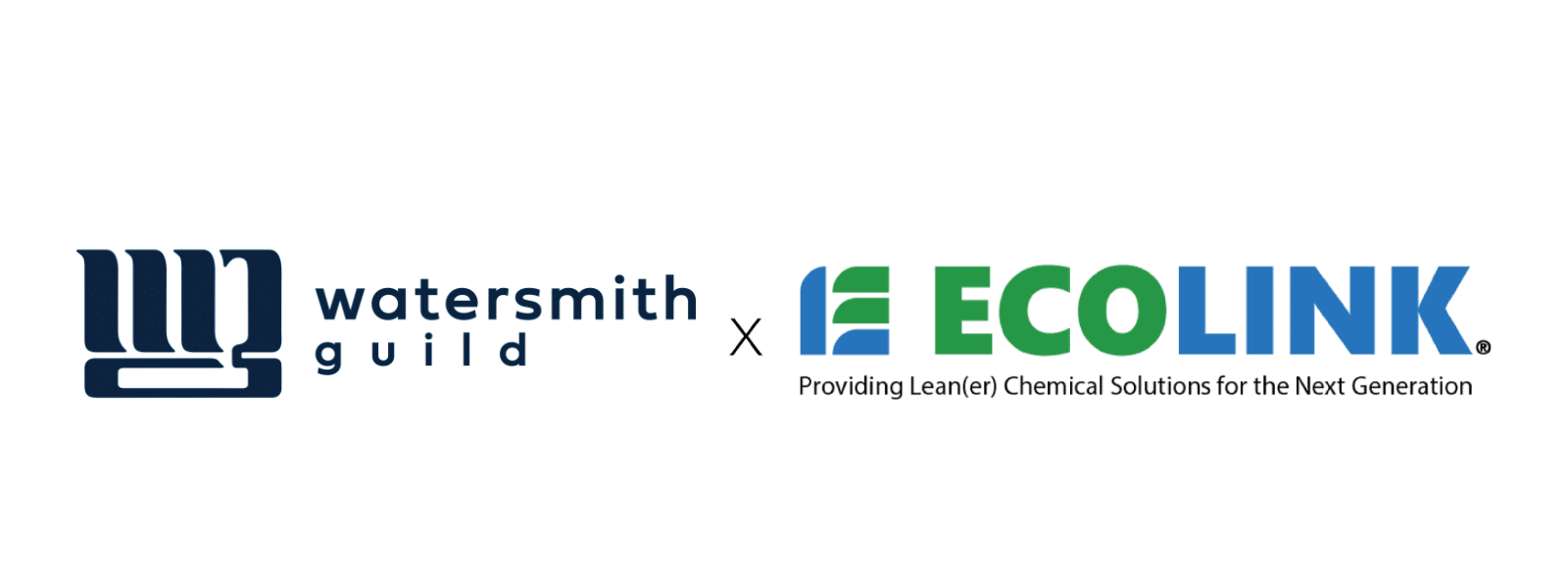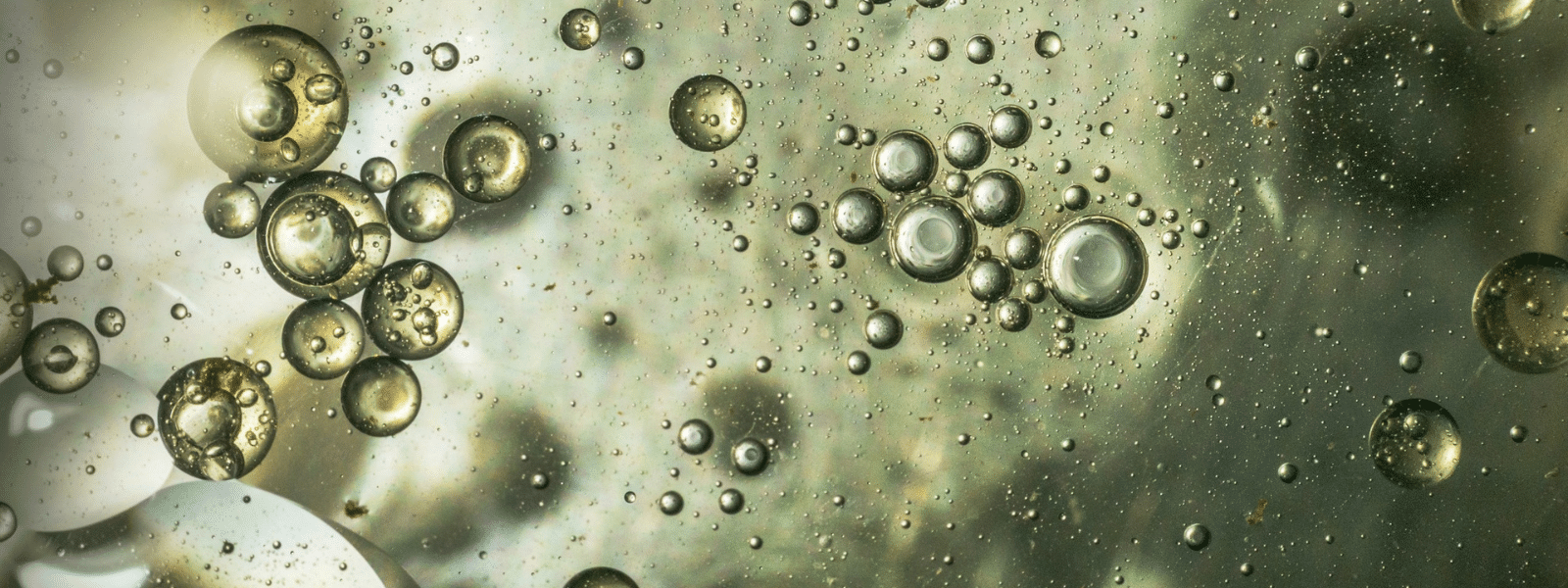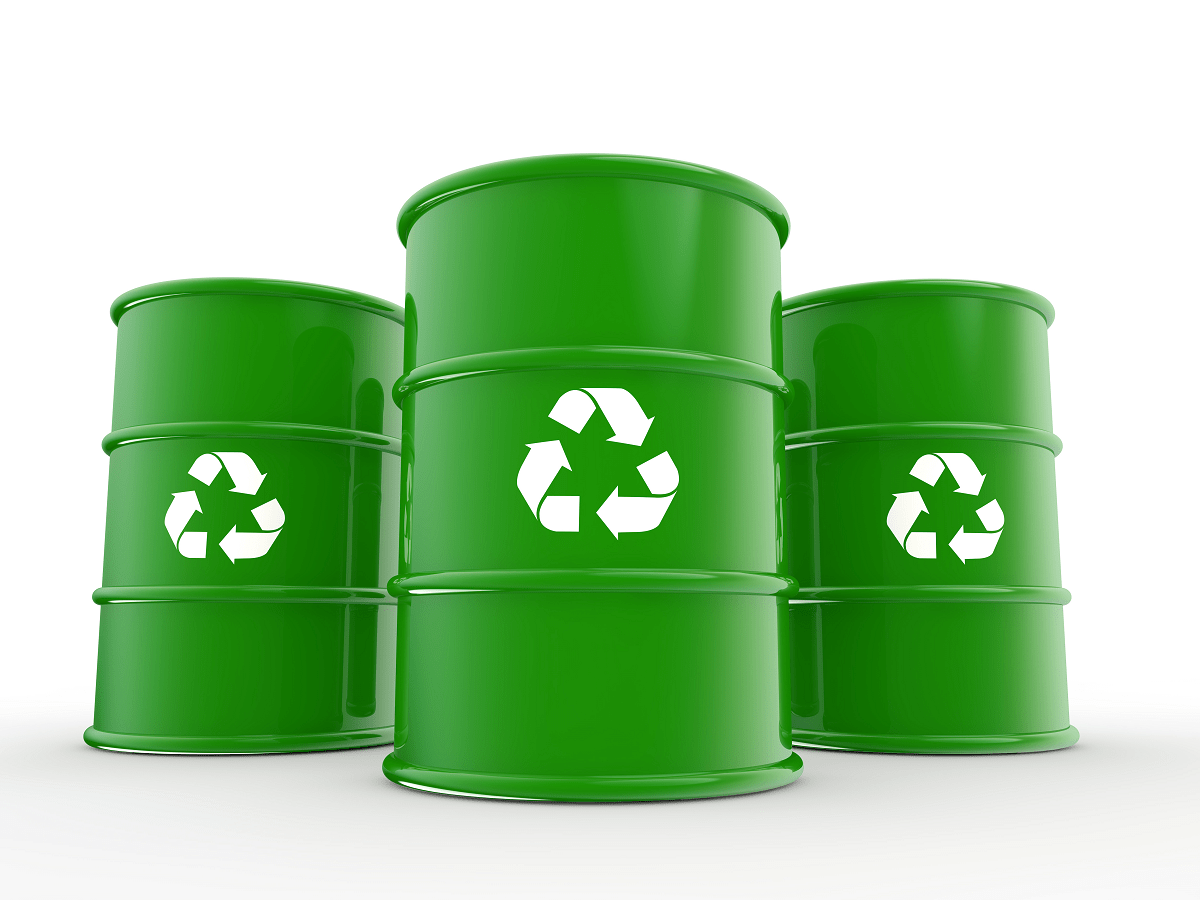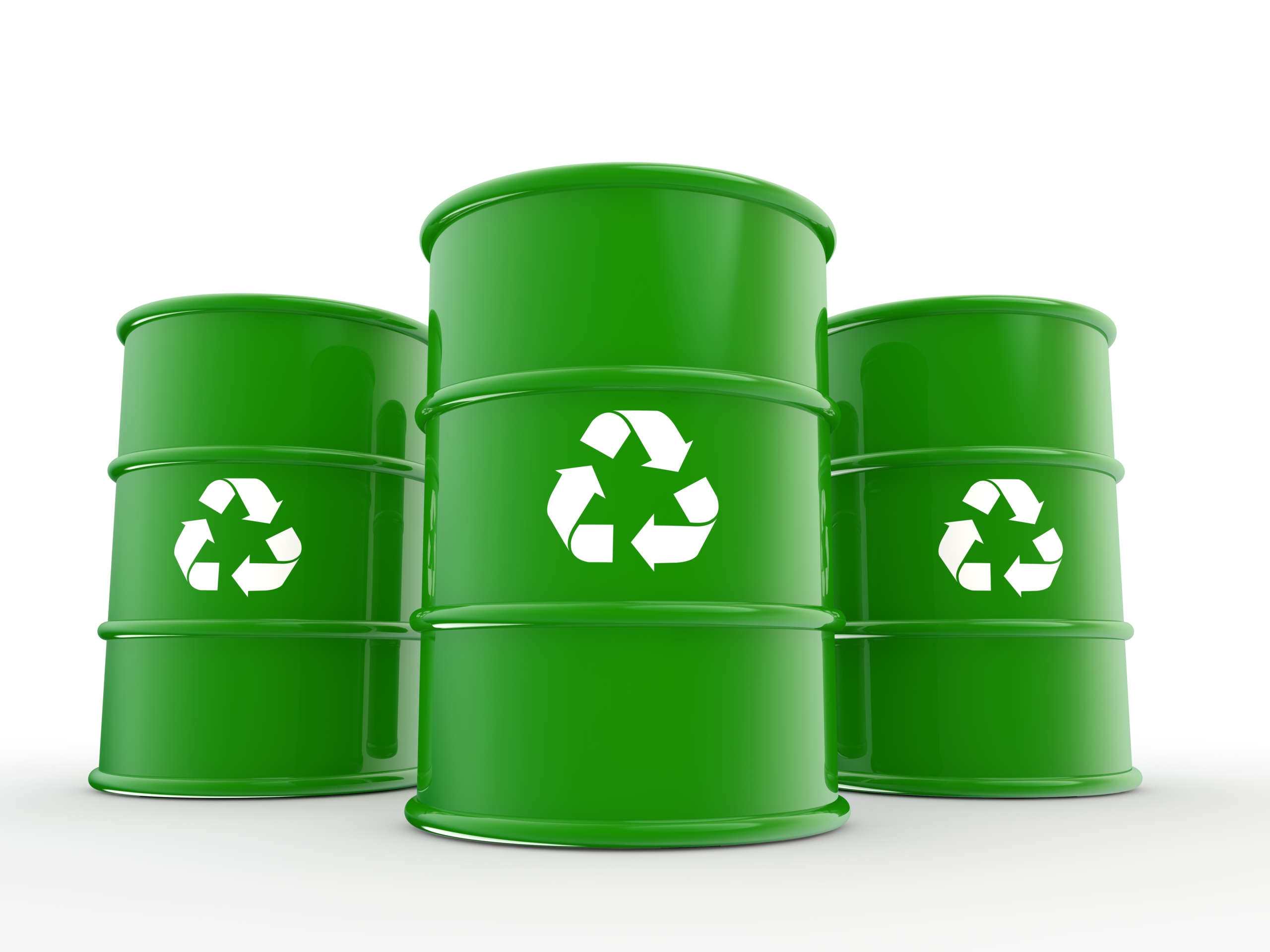Proper waste disposal, especially when handling hazardous chemicals, is extremely important to ensure the safety of the environment and all...
Blog


CHEMICAL INDUSTRY NEWS
Chemical Chat – Discover What’s New!
Types Of Oxygen Scavengers
What are the different types of Oxygen Scavengers? For the purposes of understanding oxygen scavengers, an oxygen scavenger is a product comprising...
Difference Between Glycol And Ethylene Glycol
What is the difference between glycol and ethylene glycol? Encyclopedia Britannica defines Glycol as “any of a class of organic compounds belonging...
Laura Augustine Spotlight
"Do as A Woman Would Do It" Laura Augustine’s Beginnings in Industrial Chemicals For Laura Augustine, it all started...
Types Of Oxygen Scavengers
What are the different types of Oxygen Scavengers? For the purposes of understanding oxygen scavengers, an oxygen...
Company News

Managed Services
Discover the Latest in Safe and Sustainable Chemical Solutions
Stay informed with Ecolink’s blog! Subscribe now
Chemical Management Information
Stay updated with us
Sign Up for the Latest Updates
Stay informed about chemical supply chain disruptions and emerging innovations to keep your business at the forefront of efficiency and innovation. Uncover new ways to make your business practices more sustainable by incorporating safer products into your cleaning lineup.





